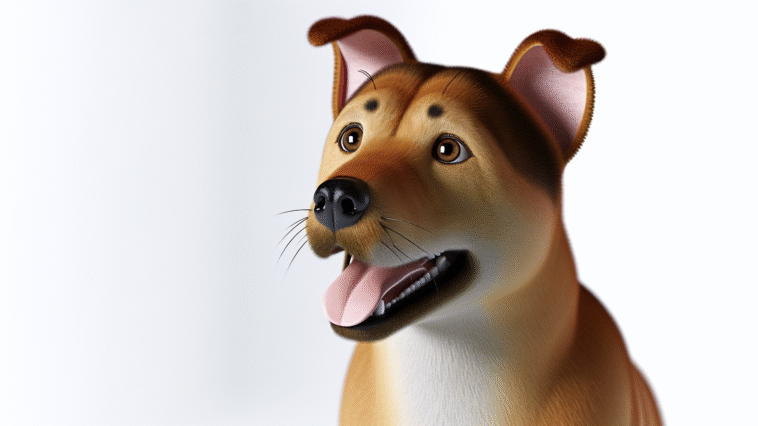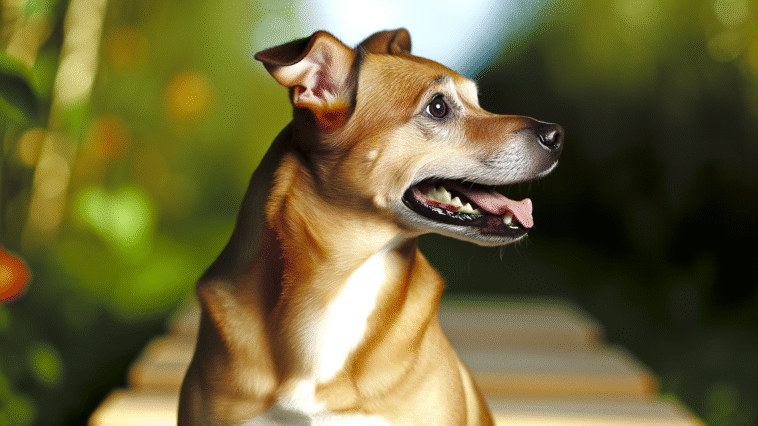
Have you ever wondered what it means when your furry best friend decides to bare their teeth? I’ve encountered this behavior countless times throughout my years as a dog trainer, and I’m here to shed some light on this common yet often misunderstood canine communication. So, why do dogs show their teeth? Is it always a sign of aggression, or could there be more to it?
Imagine this: you’re at a local park, enjoying a pleasant walk with your dog, Fido, when suddenly, another dog approaches. As they meet, Fido curls his lips and shows his teeth. Your heart races, and you instinctively pull him back, fearing a potential altercation. But what if I told you that Fido’s actions might not be as ominous as they seem?
In my experience, dogs can show their teeth for various reasons, and understanding these motives is crucial for interpreting their behavior accurately. Let’s delve into some common scenarios where dogs display their pearly whites and explore what they might be trying to communicate:
1. Playful Grins vs. Aggressive Snarls:
One of the most common misconceptions among dog owners is misinterpreting a play bow with teeth showing as aggression. I vividly remember a training session with a playful Labrador named Buddy. Whenever Buddy was excited and ready to play, he would approach other dogs with a goofy grin, teeth fully visible. However, some dogs misinterpreted his friendly gesture as a threat, leading to unnecessary conflicts.
Tip 1: Recognize the Context:
When your dog shows their teeth during play, observe their body language for accompanying signs of relaxation and excitement, such as a wagging tail, relaxed ears, and a bouncy demeanor. These cues indicate that your dog’s toothy display is a part of their playful nature rather than a menacing behavior.
On the other hand, if your dog’s teeth are accompanied by a stiff posture, raised hackles, and intense eye contact, it could signal aggression or discomfort. In such situations, it’s best to create distance and assess the underlying cause of their reaction, ensuring the safety of all involved.
2. Fearful Grimaces vs. Defensive Snarls:
Dogs may also show their teeth as a response to fear or anxiety. I recall working with Luna, a rescue dog with a traumatic past, who would curl her lips and growl when approached too quickly. Luna’s fearful grimace served as a warning signal, indicating her discomfort and the need for a gentle, patient approach.
Tip 2: Practice Desensitization:
If your dog displays a fearful grimace or defensive snarl, it’s essential to address the underlying trigger causing their distress. Whether it’s a specific noise, person, or situation, gradual desensitization through positive reinforcement can help your dog build confidence and overcome their fear.
Start by introducing the trigger at a distance where your dog remains relaxed, rewarding calm behavior with treats and praise. Gradually decrease the distance over time, allowing your dog to acclimate at their own pace. Through consistent and gentle exposure, you can help your furry companion replace fear with a sense of security.
3. Submissive Smiles vs. Contented Lip Raises:
In some cases, dogs may show their teeth as a sign of submission or contentment rather than aggression. One memorable instance involved Max, a rescued senior dog, who would greet me with a gentle lip raise and relaxed body whenever I visited his home. Despite his age and past hardships, Max’s submissive smile conveyed trust and affection, melting my heart every time.
Tip 3: Acknowledge the Emotion:
When your dog offers a submissive smile or contented lip raise, acknowledge their emotional state by reciprocating with gentle praise and affection. Avoid misinterpreting their display as a sign of weakness and instead celebrate their trust and comfort in your presence.
By understanding the nuances of your dog’s body language and vocalizations, you can decipher the meaning behind their toothy expressions with greater clarity. Remember, every dog is unique, and their communicative cues may vary based on personality, breed, and past experiences. So, next time your furry friend shows their teeth, take a moment to observe, assess, and respond with empathy and patience.
Now, I’d love to hear from you! Have you encountered situations where your dog displayed their teeth? How did you interpret their behavior, and what actions did you take? Share your stories and insights in the comments below. Your experiences could inspire and help fellow dog lovers navigate similar encounters with their canine companions.




